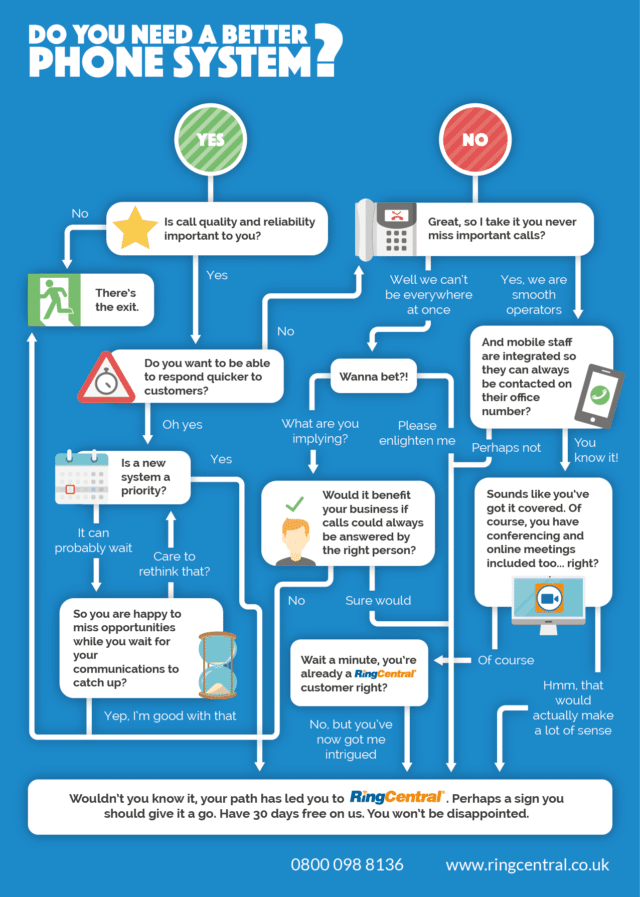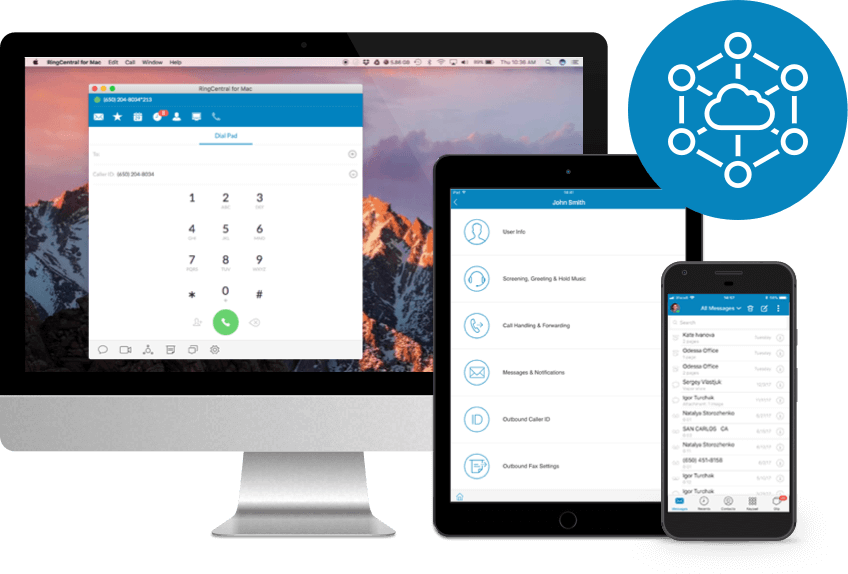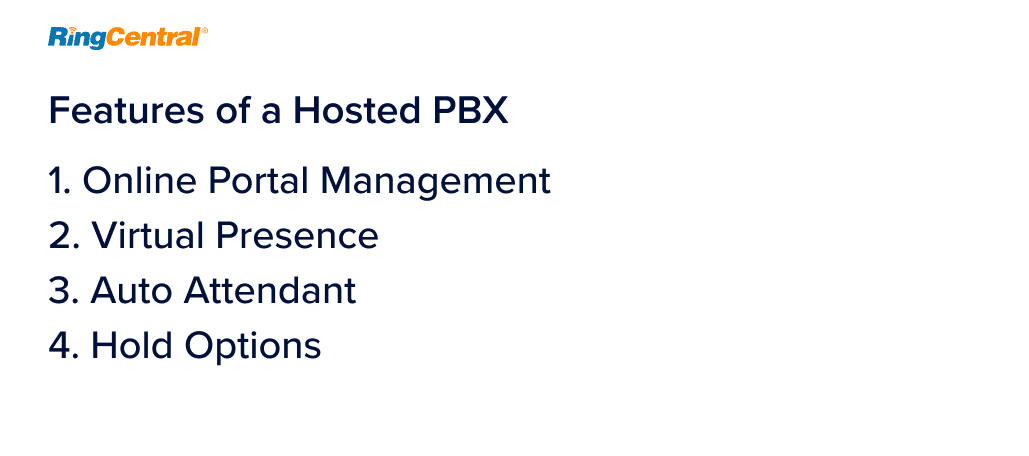PBX stands for Private Branch eXchange that essentially describes the various enterprise-grade private telephone networks that businesses use to connect to the wider network. In short: a business phone.
What is a PBX phone system?
A PBX system provides businesses with the necessary functions and features exclusive to business requirements instead of a residential landline or mobile phone, for example. Some of those features might include the ability to manage multiple inbound or outbound calls, offer individual extensions for employees, auto attendants and general business call management features, which would be surplus to requirements in a residential or mobile system. Different types of PBX use different communications channels, including voice over internet protocol (VoIP) and integrated services digital network (ISDN).
These business telephone systems are specifically designed to meet the needs of the modern business in connecting it with the outside world and are differentiated from residential services on account of the features they have the propensity for. Typical PBX features include call routing, call queuing, conference calling, auto attendants and hold music capabilities, among many other functions, as well as simply making and taking phone calls.
How does a PBX system work?
There are three variations of a PBX phone system: analogue, digital or cloud-hosted. An analogue PBX or landline system uses the public switched telephone network (PSTN), and these are becoming increasingly rare. A digital PBX uses the internet connection and bandwidth and can offer additional, more intelligent features for the modern business at a low cost. We explore the features of cloud-hosted PBX systems later in this post.
Different PBX systems work in different ways. For example, traditional PBX systems will use the old copper telephone landlines to connect inbound and outbound calls. In contrast, more modern systems may use VoIP telephony (voice over IP) or digital lines combined with the analogue lines. With a traditional or analogue PBX phone system, copper phone lines connect to the on-premises phone system, connecting to the PBX box within the office or business site. The PBX box then uses telephony switches to enable incoming calls to be directed to phones within the premises. Each phone within the premises will also connect to several outside lines (or trunk lines) via that PBX box.
An IP PBX system makes use of digital phone signals as opposed to analogue landlines. Updating to an IP phone means businesses can benefit from some more intuitive functions. While traditional PBX systems only have a certain number of internal extensions and outside trunk lines, with an IP business communications system, users can benefit from almost unlimited access in terms of adding extensions and trunks, making it a smarter choice for businesses looking for flexibility and scalability.
Features of a hosted PBX
A PBX phone system has many features that help differentiate a business phone system from a home phone. Here are just a few examples of some of the key features of hosted PBX systems:
-
Online portal management
With a hosted PBX system, businesses and users can administer and edit certain phone functions via an online dashboard. This becomes the central point for users to moderate key functions such as setting up a ring group, establishing new handset extensions and endpoints, creating a call routing path or setting up SIP trunks.
-
Virtual presence
A presence feature enables team members to see whether their colleagues are available, on another call or offline, allowing them to deal with inbound calls appropriately.
-
Auto-attendant
An auto attendant allows callers to choose from many options so that their call is directed to the appropriate person or department.
-
Hold options
Hosted PBX users can usually choose and set an audio option for customers on hold. Whether that be the classic Greensleeves or a reel of product promotions, this can be a great way to evoke feelings of calm or to benefit from a captive audience depending on your caller audience.
-
PBX vs PABX
The term PABX, which stands for private automatic branch exchange, has become somewhat futile. Historically used to differentiate between the automated PBX and the manual switching system counterpart, a PMBX which required a live switchboard operator back in the day, the term PABX is rather void as essentially all modern-day PBX systems are now automated. The acronym, therefore, is now rarely used but is synonymous with the term PBX, referring to the same system.
What is a Cloud PBX?
A cloud PBX is essentially a hosted digital system, virtual PBX, IP PBX phone system or VoIP phone, which operates entirely over the internet. Rather than using a server, the software is maintained in the cloud, allowing users to benefit from all the intuitive functionality of a PBX system with the added benefit of allowing much more agility and flexibility for employees.
The ability to choose your platform and telecom service provider as well as extensive functionality including voicemail, virtual fax machines, adding phone numbers, audio conferencing, call recording and even automating your phone system to your business CRM means small businesses and enterprise corporations can choose the level of functionality and flexibility their teams require.

With cloud PBX systems quickly becoming the phone solution of choice for the forward-thinking, modern-day business, many business leaders are replacing old hardware with new software solutions that allow for basic business telephony requirements and a range of additional features as part of a broader, unified communications offering.
One of the key benefits of investing in a cloud-based PBX system is the cost payable to your telephone company. With a cloud PBX phone system, your business phone features and other applications are billed together, usually as a monthly, manageable cost with relatively minimal upfront outlay in contrast to legacy on-premises phone systems. What’s more, you’ll also benefit from automatic maintenance and software updates as a part of that regular cost.
For the most part, depending on your chosen platform and telephone service, these solutions use VoIP telephony to connect your business calls and allow much more flexibility and resilience than those traditional phone systems. VoIP PBX users can take and make calls from anywhere, opening up your small business or enterprise to the possibilities of remote working.
In addition to this, a cloud PBX allows for an often unlimited number of users, meaning you can scale up or down according to your business needs, whether it be for seasonal demand, staffing fluctuations or general business growth. New users can be added via the online management portal with minimal administration time, and deployment and maintenance are usually relatively quick compared to legacy systems, meaning you don’t suffer from extensive downtime.
Why choose the RingCentral PBX system?
As many businesses are under pressure to make their business communications more agile and mobile than ever, moving on from legacy phone systems has become a top priority for many. As a cloud-hosted, unified system becomes the order of the day, software-based solutions are a no-brainer option for businesses to make their organisations more flexible, scalable, and cost-efficient.
RingCentral’s cloud phone system allows your entire workforce to use a single, centralised platform to deliver all your business-related communications via the internet. Bringing messaging, video and phone features together in one easy to use platform, users can choose to download the app on their mobile device or desktop. Hence, every member of your team has access to robust, intuitive features whether they’re at home or in the office.
Originally published Nov 16, 2020, updated Feb 05, 2023



